How Volvo Dublin achieved Zero Landfill Status
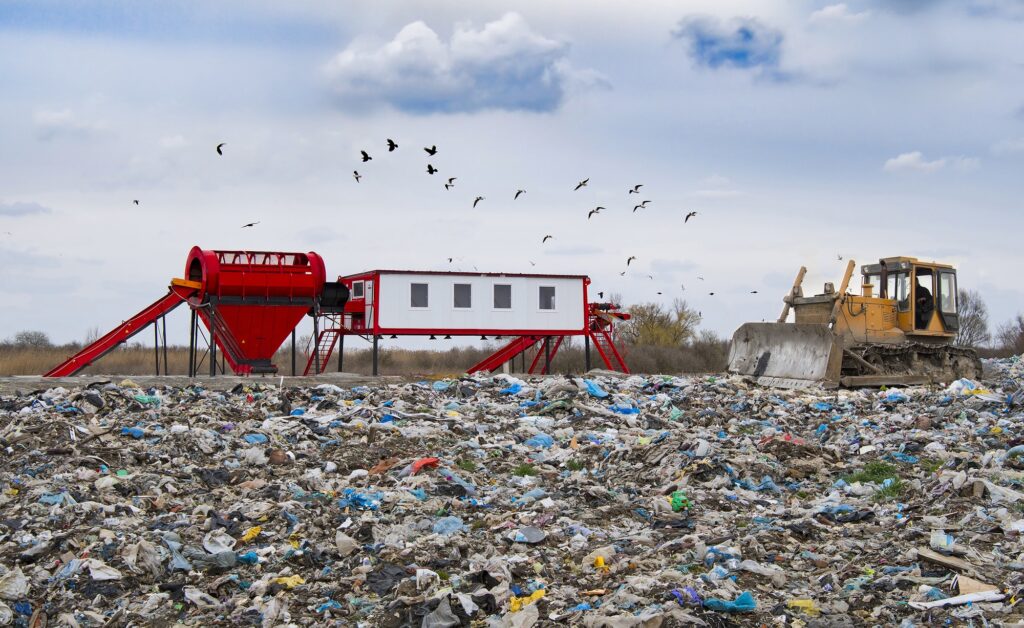
The sprawling New River Valley Volvo plant in Dublin, Virginia slashed its electricity bill by 25% in a single year when it set its mind to this in 2009. It went on to become the first carbon-neutral factory in 2012 after replacing fossil energy with renewable power. Further efforts rewarded it with zero-landfill status in […]
How Ventura Bus Lines cleaned up its Act
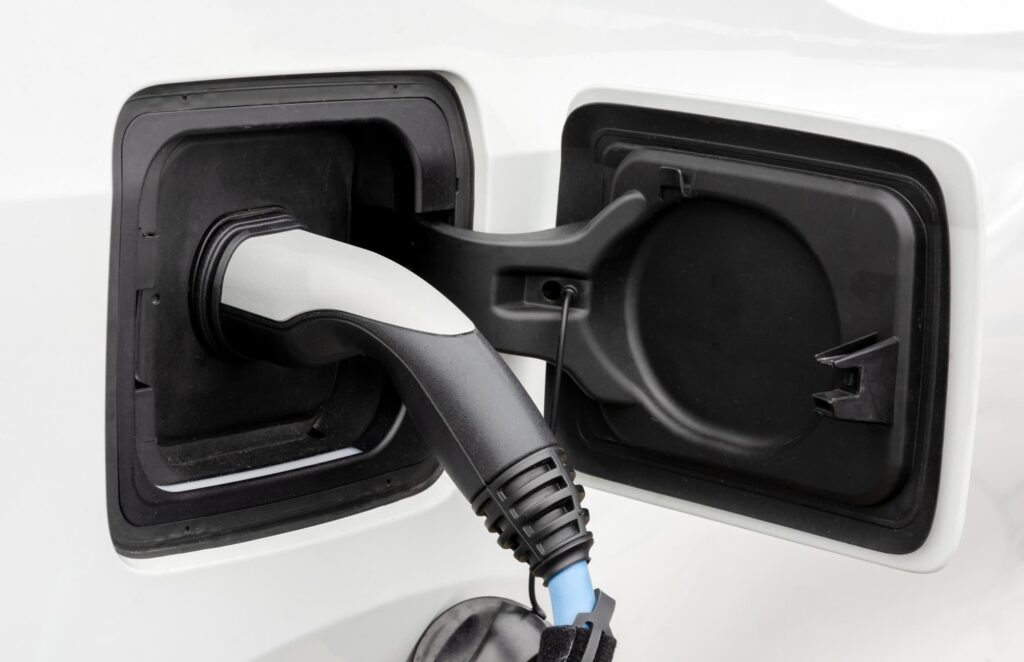
Melbourne?s Ventura Bus Lines grew from a single bus in 1924 to a mega 308-vehicle fleet by the start of 2014. The family-owned provider has always been community centric; when climate-change became an issue it took quick and urgent action. As a result it now stands head and shoulders above many others. Let’s take a […]
How Sustainable is Suez Environment
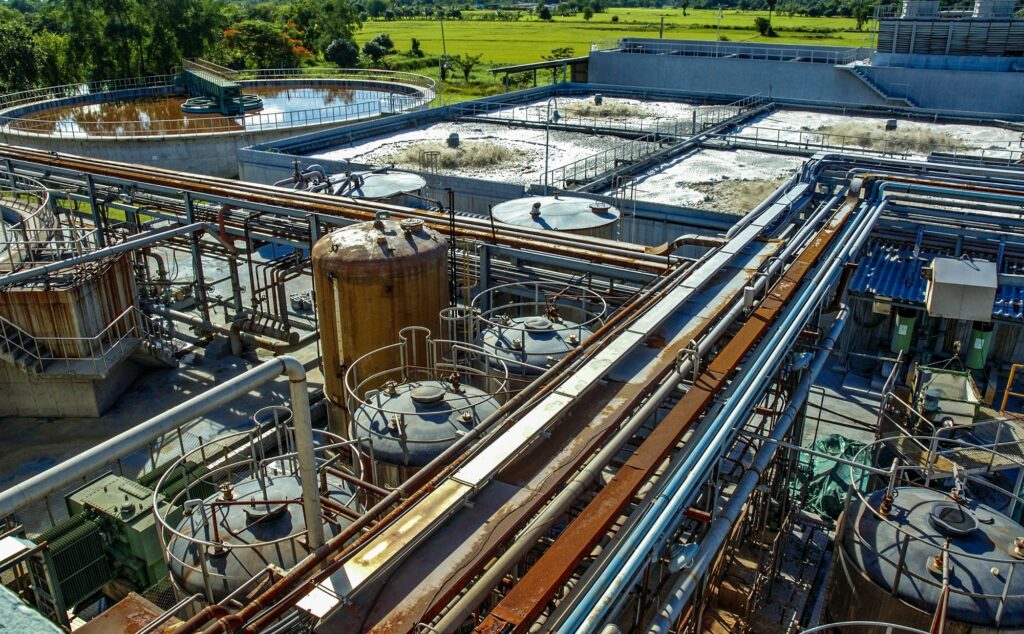
French-based Suez Environment works in the water and waste-management environment, with specific reference to water production, treatment, & pollution disposal, and waste treatment, recycling, incineration and site desensitisation. Its more than 65,000 employees distributed worldwide have participated in flagship projects like Renault’s goal of 95% reclamation of vehicle parts, and Lyonnaise des Eaux?s saving of […]
How Mid-South Metallurgical cut Energy Use by 22%
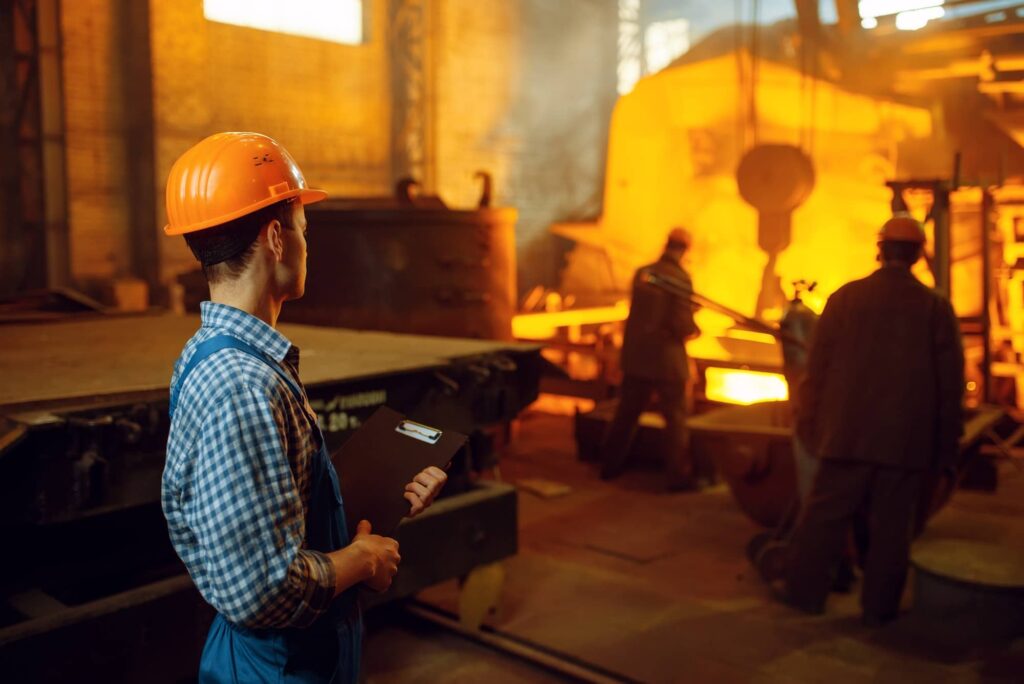
Mid-South in Murfreesboro, Tennessee operates a high-energy plant providing precision heat treatments for high-speed tools – and also metal annealing and straightening services. This was a great business to be in before the energy crisis struck. That was about the same time the 2009 recession arrived. In no time at all the market was down […]
How Energy Conservation saved Fambeau River Paper
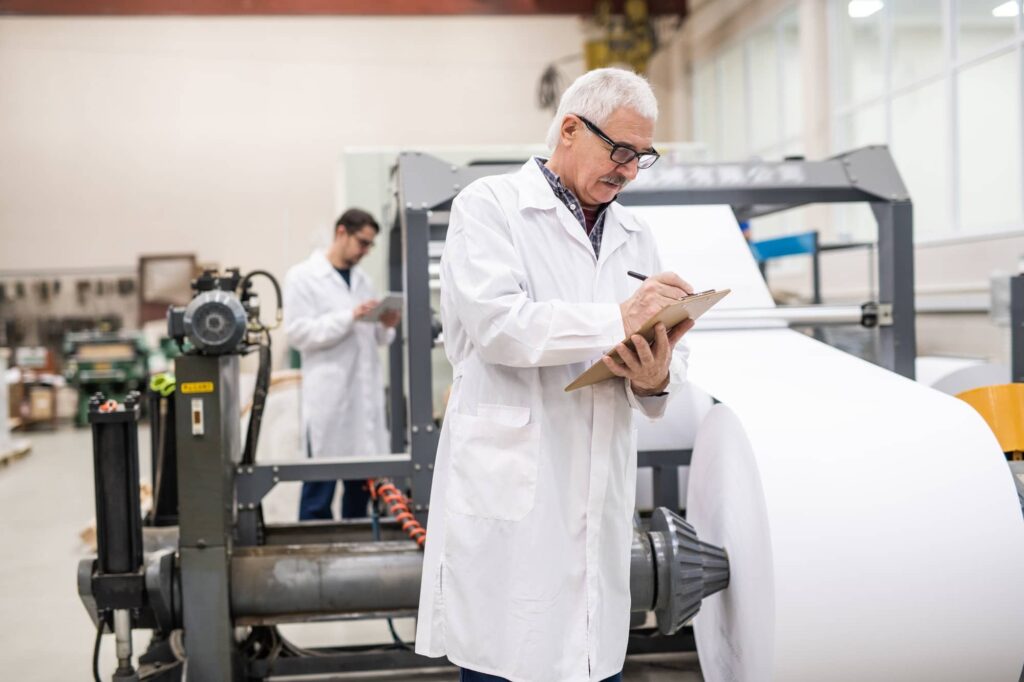
Rising energy costs caught this Wisconsin paper mill napping, and it soon shut down because it was unable to innovate. Someone else bought it and turned it around by measuring, modifying, monitoring and listening to people. The Fambeau River Paper Mill in Prince County, Wisconsin USA employed 13% of the city?s residents until rising energy […]
How Bombardier Inc. scored a Bulls Eye

When travelling anywhere in the world on land, sea or air, chances are, you will travel courtesy of something made by aerospace and transportation company Bombardier based in Montreal, Canada. In 2009, it set itself the goal of carbon neutrality by 2020. In other words, it hoped to remove as much carbon dioxide from the […]
How Armstrong World Industries is going Cradle-to-Cradle

The Cradle-to-Cradle concept holds that human effort must be biometric, in other words enrich the environment within which it functions as opposed to breaking it down. This means manufacturing must be holistic in the sense that everything is reusable and nothing is destroyed. Armstrong World Industries was the first global mineral ceiling tile manufacturer to […]
How Alcoa Canned the Cost of Recycling
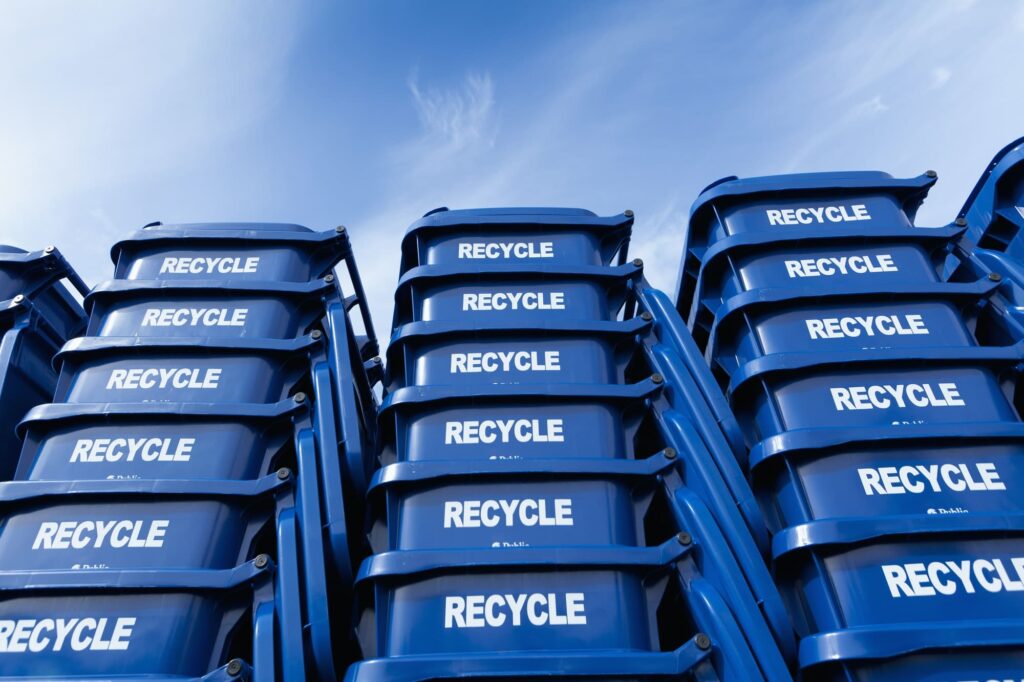
Alcoa is one of the world?s largest aluminium smelting and casting multinationals, and involves itself in everything from tin cans, to jet engines to single-forged hulls for combat vehicles. Energy costs represent 26% of the company?s total refining costs, while electricity contributes 27% of primary production outlays. Its Barberton Ohio plant shaved 30% off both […]
FUJIFILM Cracks the Energy Code
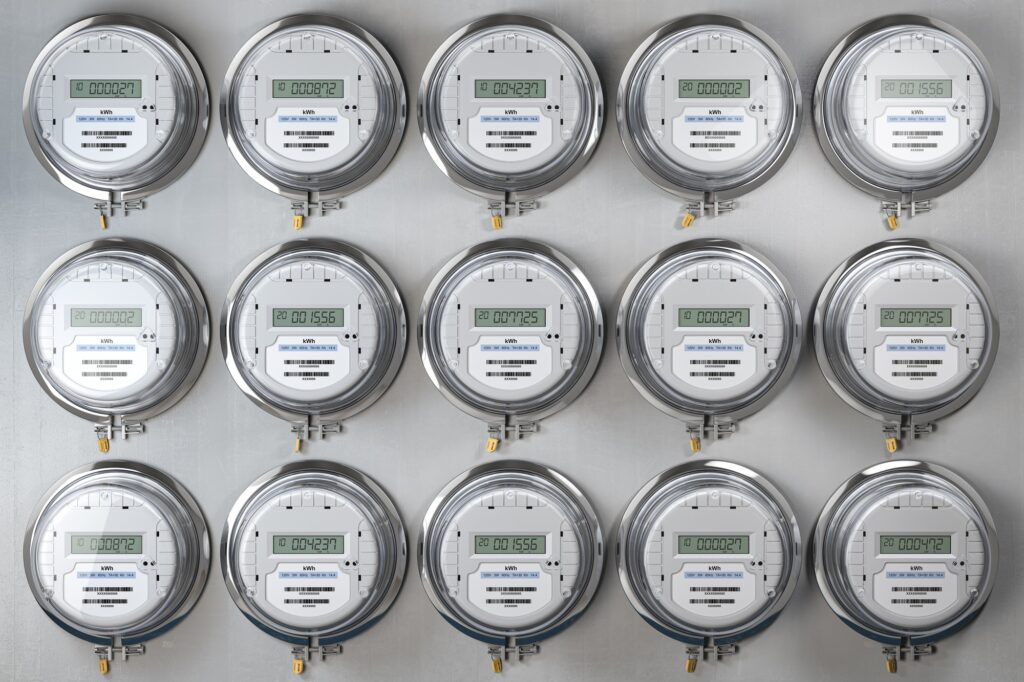
FUJIFILM was in trouble at its Dayton, Tennessee plant in 2008 where it produced a variety of speciality chemicals for industrial use. Compressed-air breakdowns were having knock-on effects. The company decided it was time to measure what was happening and solve the problem. It hoped to improve reliability, cut down maintenance, and eliminate relying on […]
Energy Savings Opportunity Scheme (ESOS): An Overview
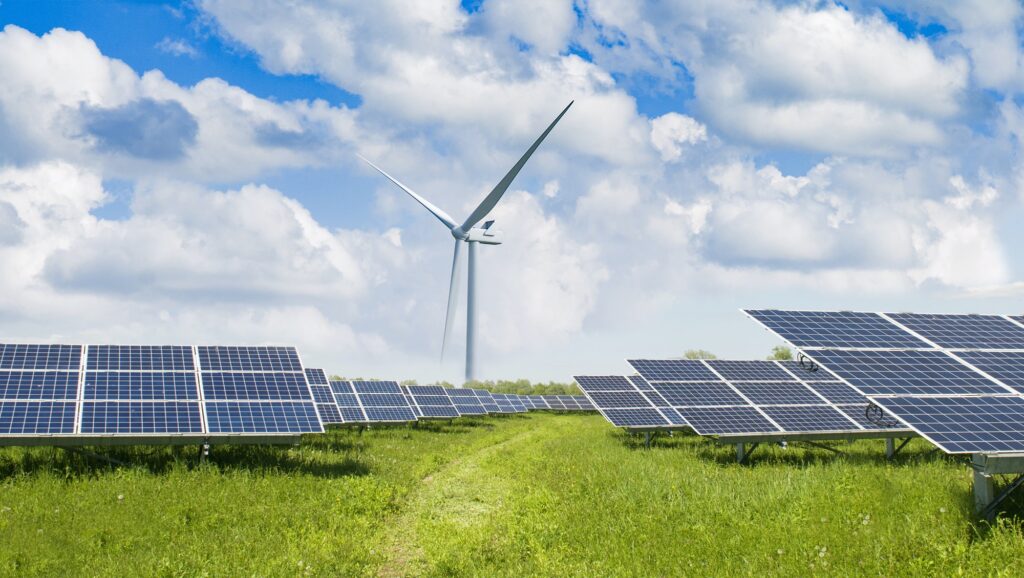
Energy management is crucial to most businesses in the UK. This is primarily because energy usage substantially affects all organizations, whether large or small. The good news is that, energy costs can be controlled through improved energy efficiency. And this is exactly why Energy Savings Opportunity Scheme (ESOS) came into being ? to promote competitiveness […]

